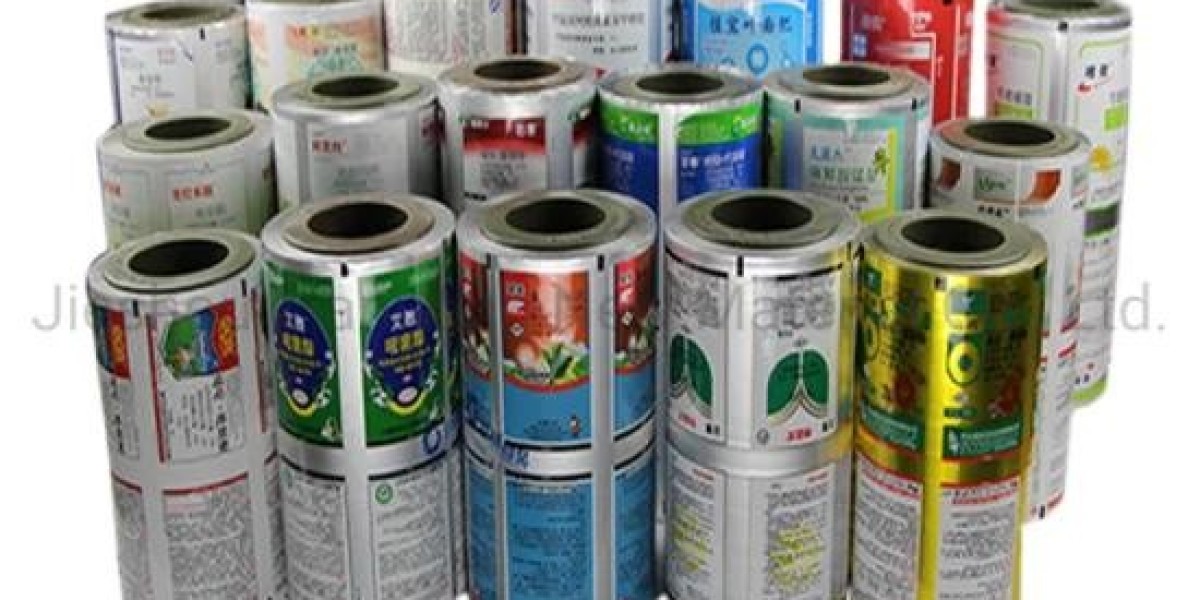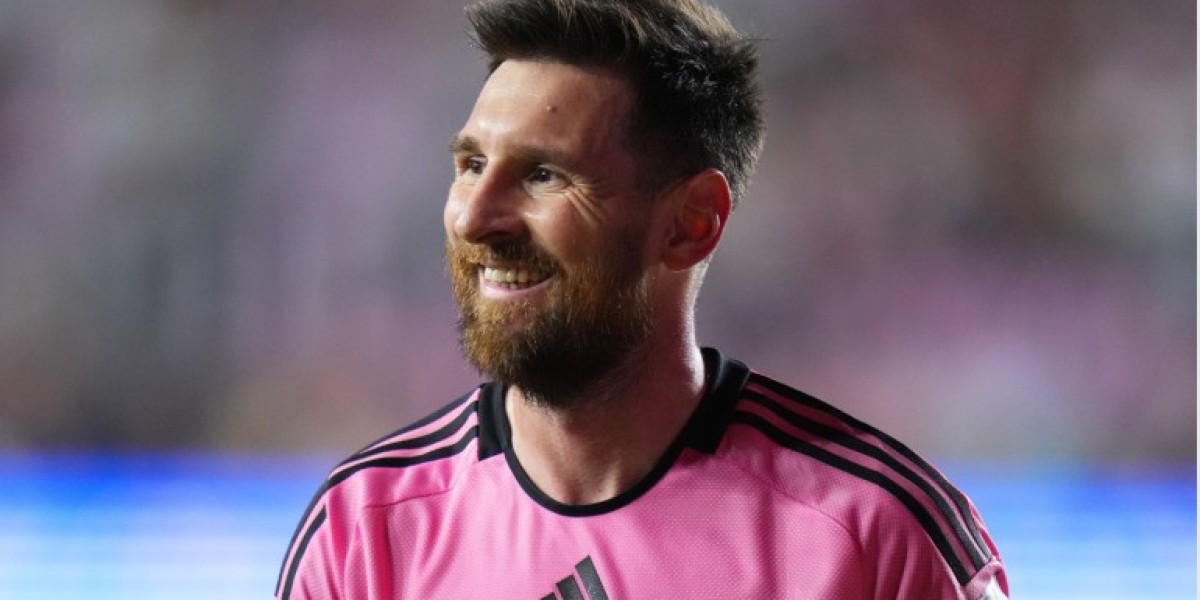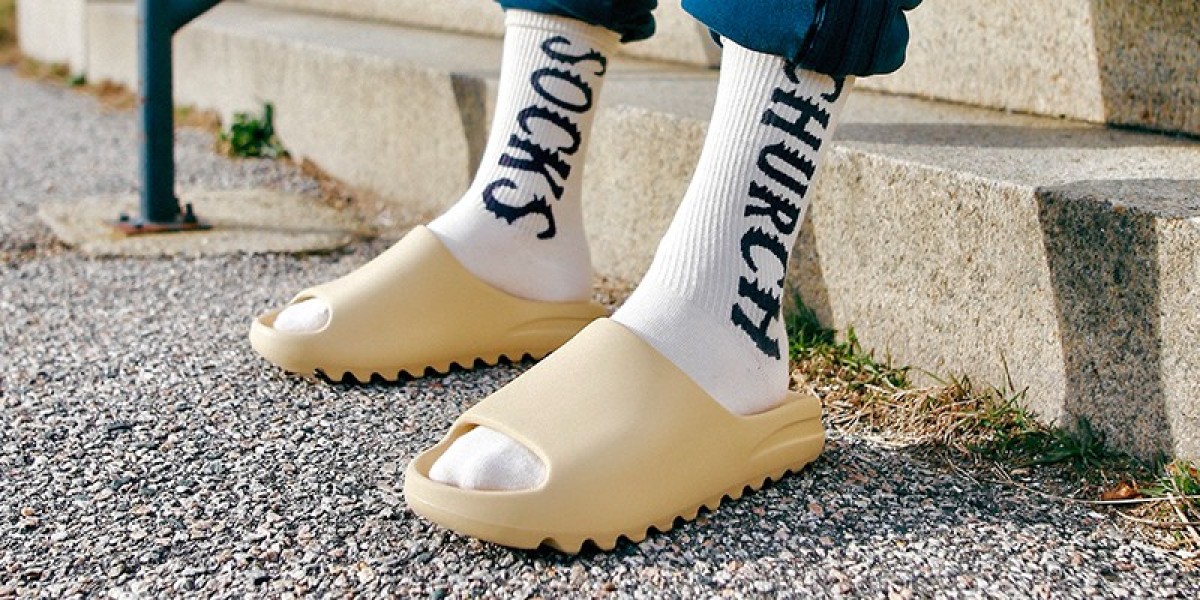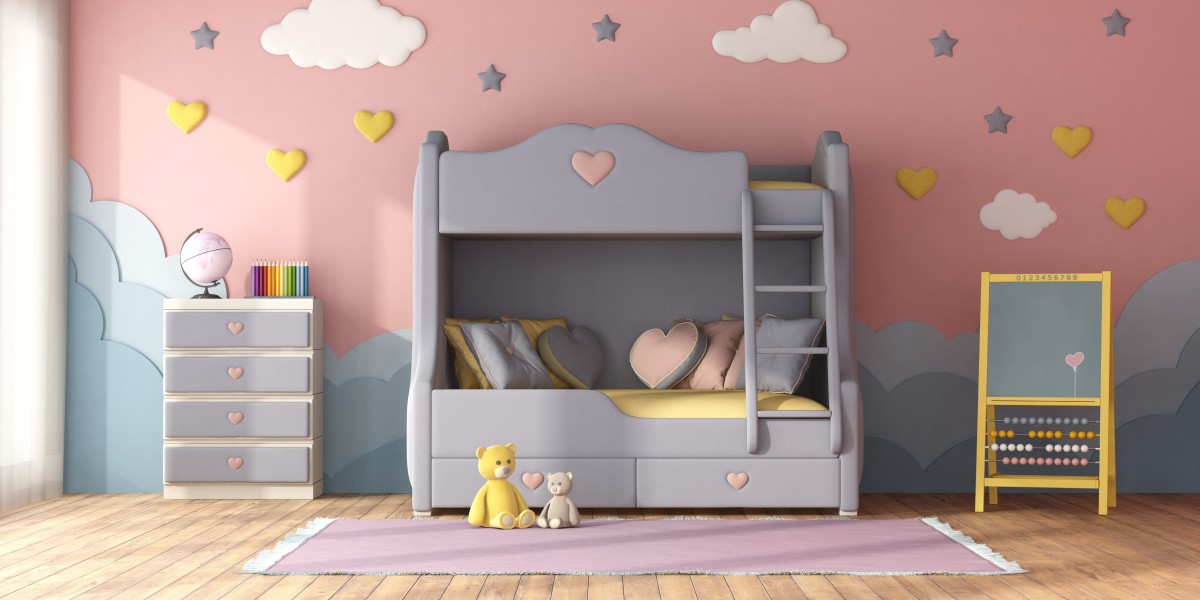In an era where branding and packaging play crucial roles in consumer decision-making, the demand for High quality printed BOPP film has surged. BOPP, or Biaxially Oriented Polypropylene, is a versatile and widely used plastic film, primarily in packaging applications due to its excellent properties such as durability, clarity, and flexibility.
Understanding BOPP Film
BOPP films are produced by stretching polypropylene sheets in two different directionshorizontally and verticallyhence the name "biaxially oriented." This orientation enhances the film's strength, barrier properties, and clarity, making it ideal for various packaging applications. With their lightweight nature and excellent moisture barrier, printed BOPP films are frequently used across different sectors, including food, cosmetic, and pharmaceutical industries.
The Importance of High-Quality Printed BOPP Films
As competition intensifies, brands are increasingly seeking high-quality printed BOPP films to enhance their packaging aesthetics. The visual appeal of packaging plays a pivotal role in attracting consumers. Thus, investing in high-quality printed BOPP films not only helps in preserving the product but also significantly boosts brand visibility. Notably, the intricate designs, vibrant colors, and the clarity of the print on the BOPP film can profoundly impact a consumers choice, leading to increased sales and brand loyalty.
The Manufacturing Process
The journey of crafting high-quality printed BOPP films begins with the production of the base film. The manufacturing process involves several stages:
1. Polymer Production
Polypropylene resin is produced through a polymerization process. This is the first and crucial step that determines the final properties of the BOPP film. The quality of the resin influences the strength, clarity, and thickness of the resulting film.
2. Film Extrusion
Once the polypropylene resin is ready, it is melted and extruded through a flat die to form a thin film. This film is then quenched to set its initial shape before being stretched.
3. Biaxial Orientation
The extruded film is then biaxially oriented by mechanically stretching it in both directions. This orientation provides high tensile strength, making the film resilient to handling and transportation stresses.
4. Surface Treatment
To enhance the film's printability, it undergoes surface treatment, generally through corona discharge or flame treatment processes. This increases the surface energy of the film, ensuring that inks adhere properly during the printing process.
5. Coating Application
An optional additional step is the application of a coating. Functional coatings can be applied to provide specific properties such as UV resistance, anti-fogging, or enhanced barrier characteristics.
Printing Techniques for BOPP Films
Once the BOPP film is ready, the next step involves applying designs and branding elements through various printing techniques. These methods play a critical role in achieving vibrant colors and high-definition prints that engage consumers. The most common printing techniques used for Printed BOPP film for packaging include:
1. Flexographic Printing
Flexographic printing is the most extensively used method for printing BOPP films for packaging. It employs flexible relief plates, allowing for quick printing on various substrates while maintaining excellent speed and efficiency. This technique is particularly popular for high-volume runs, providing great color consistency and vibrancy.
2. Gravure Printing
Known for its ability to produce high-quality images and text, gravure printing involves engraving an image onto a cylinder. This method is ideal for long runs of printed BOPP films and offers fine detail and color richness.
3. Digital Printing
Digital printing technology has gained traction in recent years, especially for short-run productions and customized designs. It allows for quick turnaround times, lower setup costs, and the flexibility of printing unique designs and variations in small quantities.
4. Offset Printing
Offset printing can also be used for BOPP films; however, its less common. This method provides superior image quality and detail but is limited in terms of flexibility for packaging purposes.
The Role of Printed Film Manufacturers
Printed BOPP film manufacturers play an essential role in maintaining the quality and standards of the products. They are responsible for sourcing high-grade polypropylene resins, implementing advanced machinery for film production and printing, and adhering to stringent quality control measures. Key aspects provided by reliable manufacturers include:
Quality Assurance: Manufacturers must undertake rigorous testing to ensure that the printed BOPP film matches international standards for durability, transparency, and print quality.
Innovation: Continuous research and development lead to advancements in processes and materials, allowing manufacturers to provide the latest in high-quality printed BOPP films. This includes improvements in ink formulations that enhance color brilliance and resilience.
Customization Capabilities: Offering clients the ability to create tailored packaging solutions is crucial. Reliable manufacturers collaborate closely with brands to develop unique designs that cater to specific marketing strategies.
Sustainability: As the world moves toward eco-friendly practices, many Printed BOPP film manufacturers are exploring biodegradable options and sustainable practices, ensuring that their products meet environmental standards while delivering high-quality outputs.
Conclusion
High-quality printed BOPP films are an indispensable part of modern packaging solutions, bringing together functionality, aesthetic appeal, and branding. The technology and processes behind these filmsfrom polymer production to advanced printing techniquesare vital in ensuring that they meet the demanding needs of brands and consumers alike. As manufacturers continue to innovate and respond to market trends, the future of printed BOPP films looks promising, providing endless possibilities for creative packaging solutions that not only protect products but also tell compelling brand stories.
Frequently Asked Questions (FAQs)
Can printed BOPP films be recycled?
Yes, many printed BOPP films are recyclable. However, it is essential to check the local recycling guidelines, as different regions have varying processes for accepting BOPP films.
What are the advantages of using high-quality printed BOPP films?
High-quality printed BOPP films provide excellent visual appeal, durability, moisture resistance, and protection for the packaged product. They also enhance brand recognition through attractive designs.
How do the costs of printed BOPP films compare to other packaging materials?
While the initial cost of printed BOPP films may be competitive with other materials, their advantages in terms of durability and aesthetics can result in savings over time, particularly in marketing and product returns.








